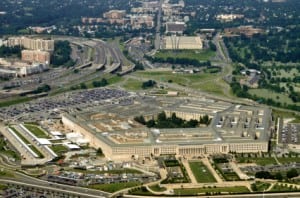
The congressional defense committees have spent the past year evaluating the Goldwater-Nichols Act in a series of hearings where experts and former Pentagon officials made suggestions on how to streamline its organizational culture and, as expected, the Senate Armed Services Committee (SASC) led by Sen. John McCain (R-Ariz) wants to make a range of ambitious, and likely controversial, overhauls.One of the most bracing changes proposed by the committee is the dissolution of the under secretary of defense for acquisition, technology…













